Blockchain technology has transformed industries over the past decade, moving beyond cryptocurrencies to become a foundational tool for decentralization, transparency, and security. As we move into 2024, its influence continues to grow, promising advancements in finance, healthcare, identity verification, and environmental sustainability. This article delves into the most significant blockchain trends, predictions for 2024 and The Future of Blockchain, focusing on its integration into various sectors and its potential to reshape the global economy. Explore more about our company on [our homepage].
The integration of DeFi into the mainstream digital economies
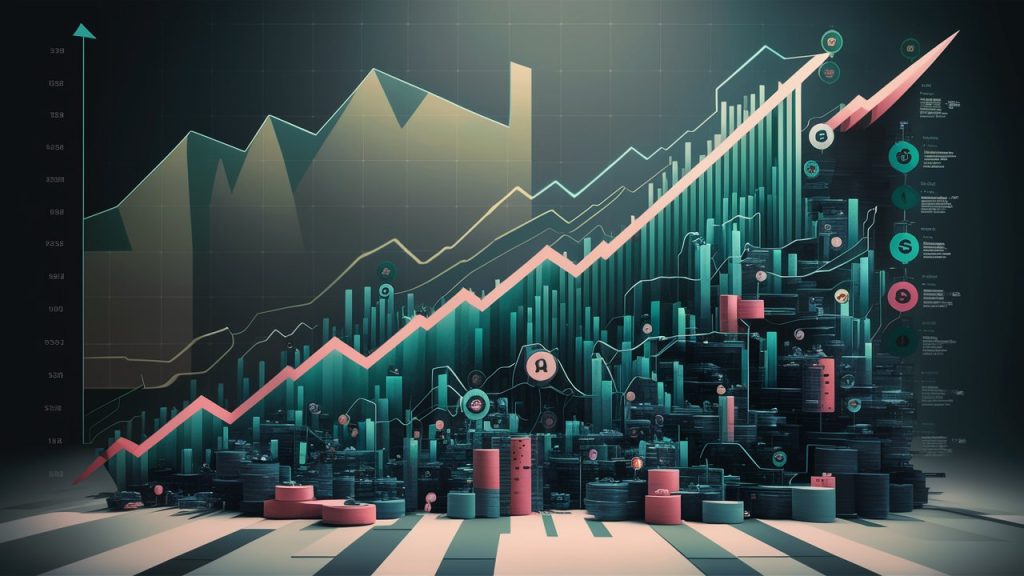
Decentralized Finance (DeFi) has been a game-changer in the financial industry, enabling peer-to-peer transactions without intermediaries. In 2024, DeFi platforms are expected to integrate more deeply into mainstream financial systems. Governments and institutions are exploring partnerships with DeFi platforms to provide faster, more secure, and transparent financial services. This integration will likely include regulatory frameworks to ensure compliance and trust.
For businesses and consumers, this means easier access to financial products like loans, savings accounts, and insurance through blockchain-based systems. Innovations in DeFi could also lead to a surge in the tokenization of real-world assets, enabling fractional ownership and increased liquidity for traditionally illiquid assets such as real estate and art.
Incorporating Internet of Things (IoT)

The integration of blockchain and IoT technology is gaining traction. IoT devices generate vast amounts of data, and blockchain provides a secure and immutable way to store and manage this data. In 2024, we anticipate significant advancements in this domain, particularly in supply chain management and smart cities.
For instance, blockchain can enhance transparency in supply chains by enabling real-time tracking of goods. Smart contracts can automate payments once goods reach specific checkpoints, reducing delays and errors. In smart cities, blockchain-powered IoT networks can improve energy management, traffic flow, and public safety by securely processing data from connected devices.
Furthermore, the combination of blockchain and IoT is expected to revolutionize industries like healthcare and agriculture. By ensuring data integrity, these technologies can support applications such as remote patient monitoring and precision farming, driving efficiency and sustainability.
Other Significant Development: The Emergence of Non-Fungible Tokens (NFTs)

Non-fungible tokens (NFTs) have captured global attention, and their evolution in 2024 will extend beyond digital art and collectibles. NFTs are unique digital assets stored on the blockchain, and their applications are diversifying rapidly.
One notable trend is the use of NFTs in gaming. Blockchain-based games are leveraging NFTs to create virtual economies where players own in-game assets. These assets can be traded or monetized, providing new revenue streams for gamers and developers alike.
Another area of growth is NFT-based identity management. NFTs can serve as secure, verifiable digital identities, eliminating the need for centralized identity verification systems. This development is particularly valuable for industries like education and healthcare, where verifying credentials is critical. Dive deeper into our [blog posts] for in-depth insights and examples.
Enhanced Blockchain Interoperability
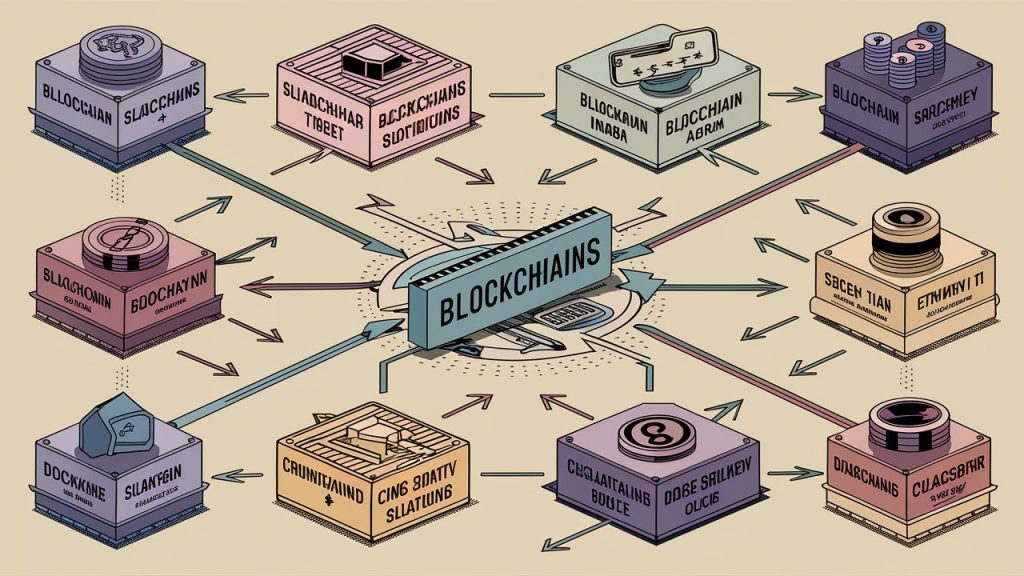
Blockchain interoperability is a critical focus for 2024, addressing the challenge of communication between different blockchain networks. Cross-chain solutions are becoming more robust, enabling seamless data and asset transfers between blockchains like Ethereum, Polkadot, and Solana.
This enhanced interoperability will foster greater collaboration among blockchain ecosystems, reducing siloed operations and enhancing efficiency. For businesses, it means being able to choose the best platform for their needs without worrying about compatibility issues, thereby driving innovation and adoption across industries.
Increased Focus on Sustainability
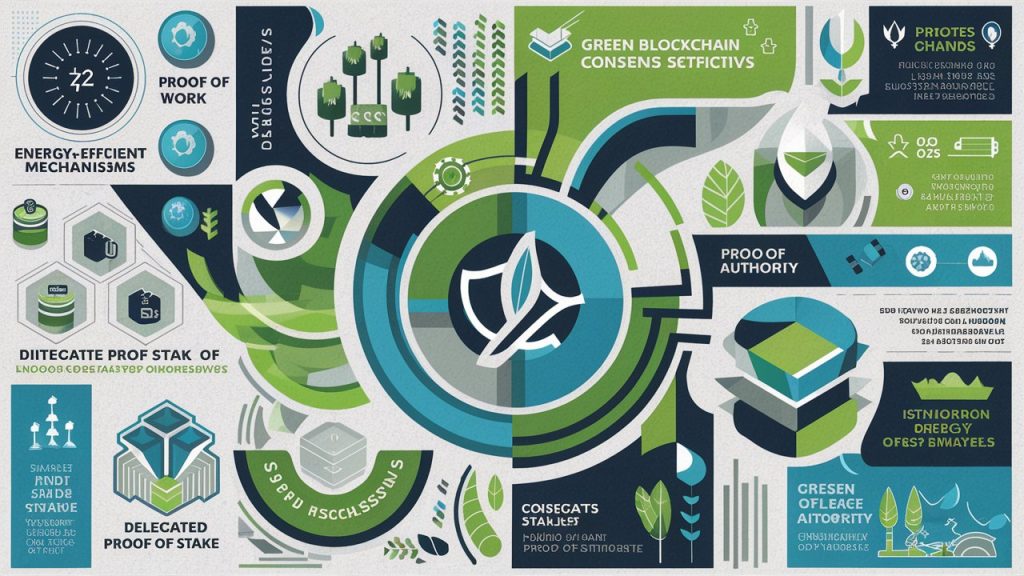
Blockchain’s environmental impact has been a topic of concern, particularly due to the energy-intensive nature of proof-of-work (PoW) systems. In 2024, the industry is prioritizing sustainability by adopting greener consensus mechanisms like proof-of-stake (PoS) and proof-of-authority (PoA).
Additionally, blockchain projects are exploring energy-efficient solutions, such as using renewable energy sources to power mining operations. Carbon offset initiatives are also gaining popularity, with blockchain companies investing in projects that reduce environmental footprints. Sustainability efforts extend beyond energy consumption. Blockchain’s potential to track and verify carbon credits and supply chain emissions is being leveraged to promote environmental accountability across industries.
Advancements in Blockchain Security

Security remains a top priority for blockchain adoption, especially as cyber threats become more sophisticated. In 2024, advancements in cryptographic techniques and quantum-resistant algorithms will strengthen blockchain networks against emerging vulnerabilities.
Moreover, the rise of decentralized identity solutions will play a pivotal role in enhancing security. By enabling users to control their data and digital identities through blockchain, these solutions will reduce reliance on centralized systems, minimizing risks of data breaches and identity theft.
Blockchain in Healthcare
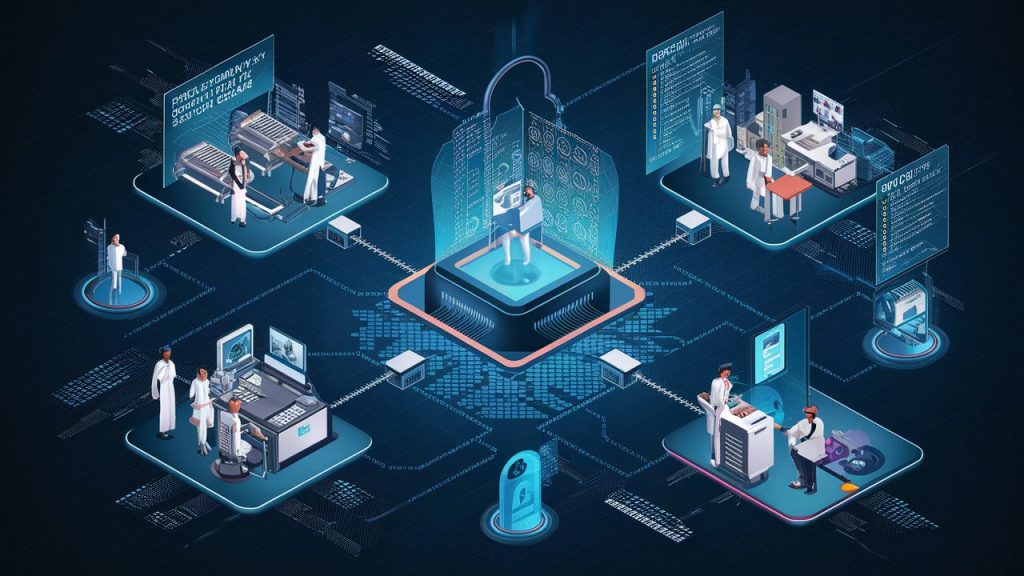
From The Future of Blockchain, The Healthcare is one of the sectors poised to benefit immensely from blockchain technology. In 2024, we anticipate broader adoption of blockchain for secure patient data management and streamlined healthcare processes. Blockchain enables the creation of tamper-proof medical records that can be accessed only by authorized personnel. This feature enhances patient privacy while ensuring data integrity.
Additionally, blockchain can improve the efficiency of drug supply chains by preventing counterfeit medications from entering the market. Telemedicine platforms are also incorporating blockchain to verify credentials and maintain secure communication between patients and providers. These advancements contribute to a more reliable and patient-centric healthcare system.
Blockchain for Digital Identity
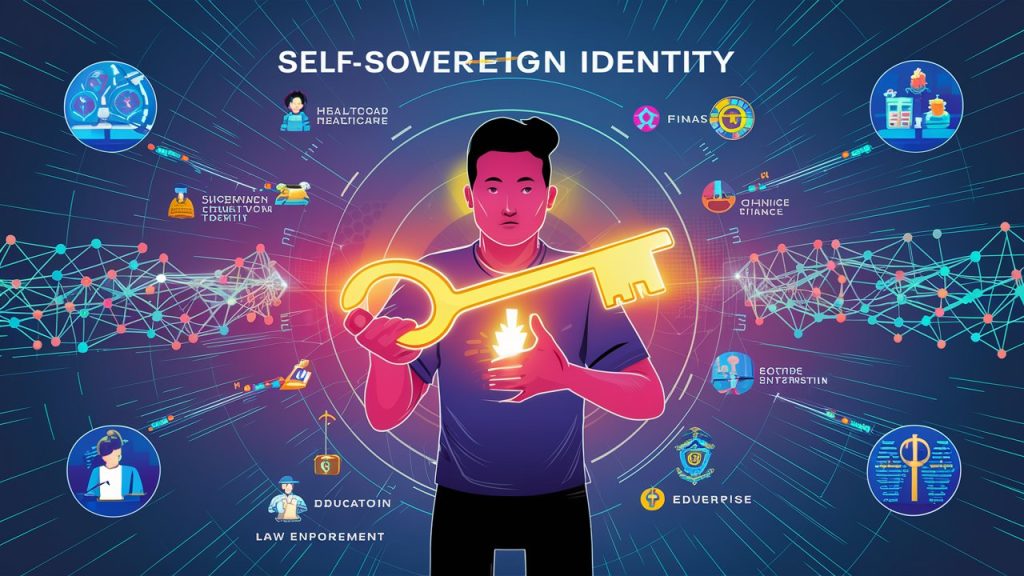
Digital identity solutions Digital identity management is another area where blockchain is making significant strides. In 2024, decentralized identity solutions will become more prevalent, allowing individuals to verify their identities without relying on centralized authorities. This approach not only enhances privacy but also reduces the risk of identity fraud. Applications include voter identification, access to financial services, and streamlined immigration processes. By giving individuals control over their digital identities, blockchain is empowering users in an increasingly digital world.
Conclusion: Embrace the Blockchain Revolution
The future of blockchain in 2024 is marked by innovation, sustainability, and integration. As the technology matures, its applications across industries will continue to expand, reshaping how we interact with the digital and physical worlds. From DeFi and IoT to healthcare and digital identity, blockchain’s potential is limitless. Businesses and individuals must stay informed and adaptable to harness the transformative power of blockchain in the years to come. [Contact us] today and let’s discuss your project in detail.

